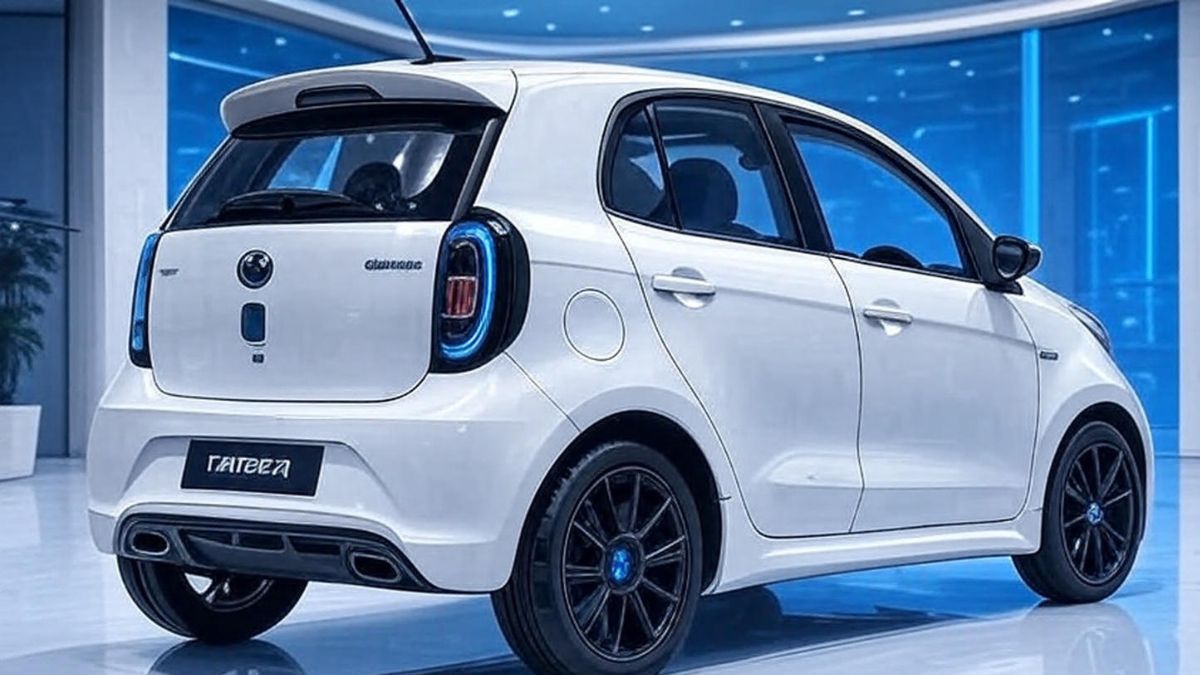Yamaha Electric Bike is stirring excitement as it promises a leap in electric mobility. With claims of long-range and superior comfort, this model aims to redefine daily commuting in Indian cities. Whether riding through crowded roads or navigating twisty lanes, every aspect of this electric bike—from design to safety—seems built for modern needs.
In this article you will get an in-depth breakdown of what Yamaha offers: its styling, technology, powertrain, efficiency and whether its price justifies its promises. Let’s see if this bike lives up to the hype.
Design and Exterior Styling
The Yamaha Electric Bike sports a sleek and modern silhouette. Its LED lighting (headlamps, DRLs) adds crisp visibility. The frame is lightweight yet sturdy to balance agility and durability. Wheels and tyres are chosen for grip and stability.
Colour and finish options offer both subtle and bold choices to suit various rider tastes. Aerodynamics are considered to reduce drag and enhance efficiency. Overall the exterior aims for both style and utility.
Interior and Cabin Comfort
Being a bike, interior refers to rider environment: seats, handlebars, foot pegs. Yamaha Electric Bike features a well-padded seat for long ride comfort. Handlebar position and switchgear are arranged to reduce fatigue. Suspension setup softens bumps on city roads and broken pavement.
Grip and seat design help in traffic and stop-go situations. There is attention to ergonomics so that riding posture is upright and strain on wrists/back is minimal.
Infotainment and Connectivity Features
The Yamaha Electric Bike includes a digital instrument cluster. It shows battery status, remaining range, ride modes. Bluetooth integration allows smartphone pairing for call alerts, navigation prompts. App connectivity may enable firmware updates or diagnostics.
There are basic controls for lights, indicators and horn that are intuitive. The tech suite seems focused on essential functionality rather than luxury.
Performance and Powertrain Options
The electric motor is claimed to deliver high torque at low rpm making city rides responsive. Battery is lithium-ion type. Charging time is moderate; full charge requires several hours. Top speed is expected to be sufficient for urban commuting.
Power delivery is smooth without jerks. No multiple powertrain options are officially confirmed; likely one motor-battery setup. Regenerative braking may help energy recovery in stop-and-go traffic.
Safety and Driver Assistance Features
Safety includes disc brakes front (possibly drum rear). Sturdy tyres and frame help in stability. Lighting (LED) enhances visibility. There is likely a braking system with ABS or at least some assistance. Reflectors and indicators comply with regulations.
No advanced driver assistance like adaptive cruise or lane-keeping is expected. Rider protection is basic but meets standard law requirements.
Boot Space and Practicality
As an electric bike, storage is limited. There may be provision for under-seat space or small compartments for documents or small items. Practicality comes in the form of removable battery or ease of charging.
Weight distribution ensures balance when parked or moving. Ground clearance may allow handling potholes. Overall daily usability seems good for commuting with light load.
Pricing Across Trims
Exact variant pricing for Yamaha Electric Bike is not fully disclosed yet. Ex-showroom price is expected to be competitive among electric two-wheelers. Different trims may offer battery size or range upgrades, or extras in design or tech at higher cost. City-wise pricing will vary due to subsidies, taxation. Watch for launch offers and introductory discounts.
Fuel Economy and Efficiency
Since it is electric, fuel economy is replaced by efficiency metrics — energy consumption per km. The bike promises long range per charge. Efficiency depends on battery capacity, motor efficiency, riding mode. Stop-and-go city traffic will reduce range, while steady speed will maximize it. Charging costs compared to petrol savings are likely a strong benefit. Overall efficiency is one of its strong suits.
Booking and Test Drive
Bookings will be opened via Yamaha authorised dealerships and perhaps online portal. Test rides should be available once dealerships receive demo units. Prospective buyers should try real-range in their city, check charging ease, comfort. Delivery timelines depend on demand. Be aware of refundable or non-refundable booking fees. Always inspect the bike before taking delivery.
Final Verdict
Yamaha Electric Bike emerges as a promising option for those seeking eco-friendly commuting without compromising basic comfort and tech. While it may not match luxury EVs in features, for the price and claimed range it appears well-balanced. Real-life performance, after-sales service, battery life will decide its success. If Yamaha delivers on its promises, this bike could be a strong contender in India’s rapidly growing electric two-wheeler market.
Disclaimer: Information in this article is based on official announcements and credible media reports as of September 2025. Specifications and prices are subject to change as per region, regulatory approvals, or Yamaha’s updates. Buyers should verify latest details from Yamaha’s official site or authorised dealership.
For more on how hybrid tech is changing bikes check our article on Yamaha FZ-S Hybrid full review
Also explore financing options in our guide to two-wheeler EMI plans








